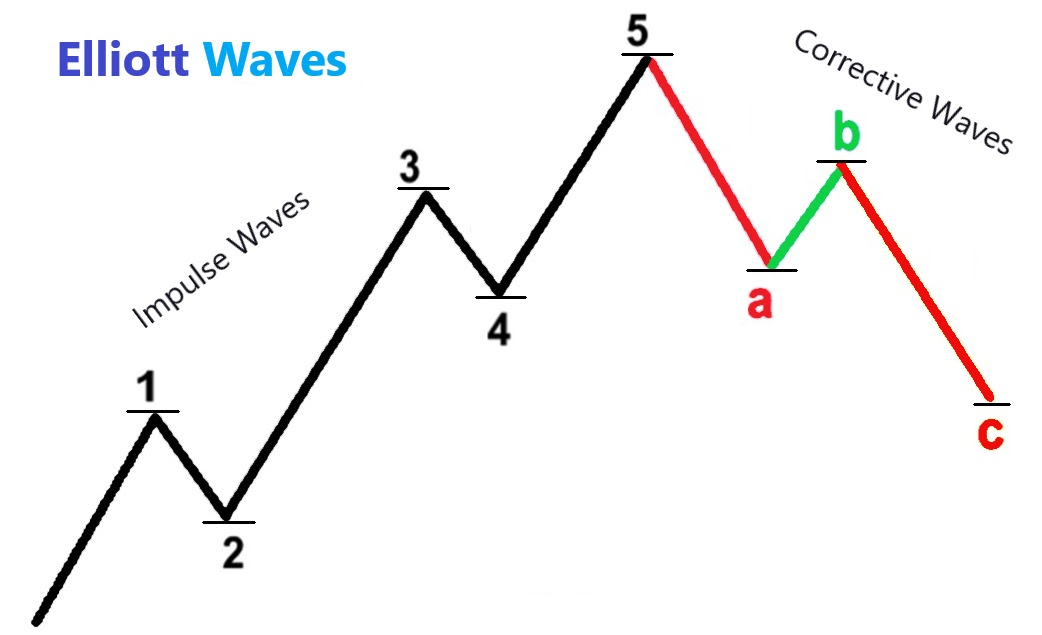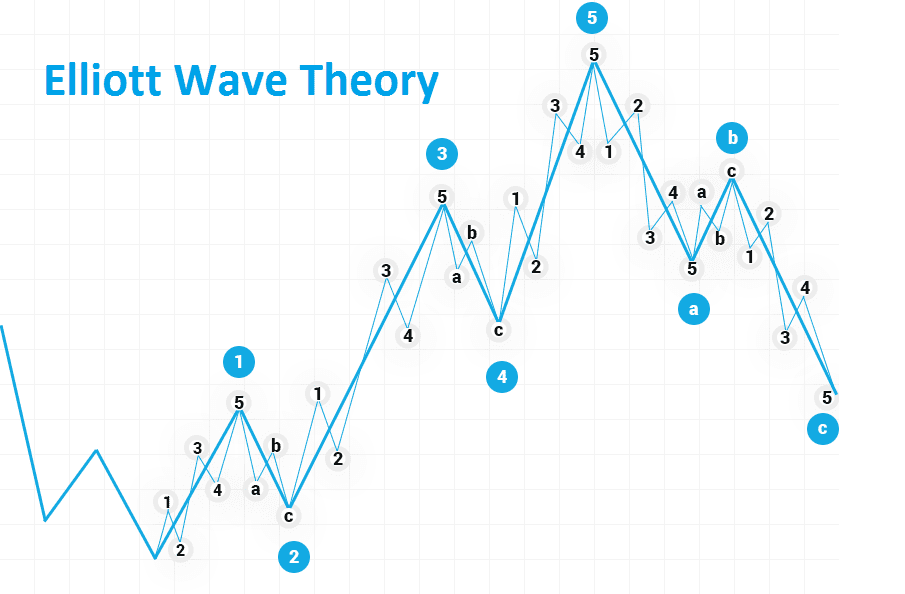Forex trading strategies for using Elliott Wave analysis: Approaches for using the Elliott Wave principle in trading.
In the world of forex trading, where market trends can shift swiftly and unpredictably, traders are constantly seeking effective strategies that can provide them with a competitive edge. One such approach that has gained significant traction is the use of Elliott Wave analysis. The Elliott Wave principle, developed by Ralph Nelson Elliott in the late 1920s and early 1930s, is a technical analysis tool that aims to predict future price movements by identifying repeating patterns in market charts. In this article, we will delve into the intricacies of Elliott Wave analysis and explore various approaches for integrating this principle into forex trading strategies.

Table Content
I. Understanding the Elliott Wave Principle
II. Approaches for Using Elliott Wave Analysis in Forex Trading
1. Identifying Wave Patterns
2. Trend Confirmation
3. Wave Counting
4. Fibonacci Ratios
5. Channeling
6. Combining with Other Indicators
7. Time and Price Symmetry
8. Risk Management
III. Challenges and Considerations
IV. Footnote
Understanding the Elliott Wave Principle
The Elliott Wave principle is based on the idea that market price movements follow a repetitive pattern of five waves in the direction of the main trend, followed by three corrective waves against the trend. These waves collectively form what is known as an "Elliott Wave cycle." The principle is rooted in the belief that market psychology and investor sentiment drive these wave patterns.

The five-wave sequence, also known as the "impulse waves," consists of three upward-moving waves (labeled as 1, 3, and 5) and two downward-moving waves (labeled as 2 and 4). These waves represent the primary trend's directional movement. The subsequent three-wave sequence is referred to as the "corrective waves" and is labeled as A, B, and C. These waves aim to counteract the primary trend's movement.
Approaches for Using Elliott Wave Analysis in Forex Trading
1. Identifying Wave Patterns:
The first step in applying Elliott Wave analysis to forex trading is learning to identify wave patterns accurately. This requires a deep understanding of wave characteristics and how they interact within a chart. Traders must develop the ability to differentiate between impulse waves and corrective waves. This identification forms the foundation of effective Elliott Wave analysis.
2. Trend Confirmation:
Elliott Wave analysis can be used to confirm existing trends. Traders often utilize the principle to identify where a particular currency pair is within an Elliott Wave cycle. For instance, if a currency pair is in the midst of a corrective wave, it could signal a temporary price reversal against the main trend. This information can aid traders in making informed decisions about when to enter or exit a trade.
3. Wave Counting:
Accurate wave counting is crucial in Elliott Wave analysis. Traders must meticulously count and label waves to determine the current wave cycle's position. This helps in predicting potential price movements. A common practice is to look for confluence between wave counts and other technical indicators to increase the probability of accurate predictions.
4. Fibonacci Ratios:
Fibonacci ratios play a significant role in Elliott Wave analysis. These ratios (such as 0.618 and 0.382) are derived from the Fibonacci sequence and are believed to represent key levels of support and resistance in financial markets. Traders often apply these ratios to the lengths of different waves to identify potential reversal points or areas of price extension.
5. Channeling:
Channels, both upward and downward, are commonly observed in Elliott Wave analysis. These channels are drawn parallel to trendlines that connect various waves. Channels provide traders with valuable insights into potential price ranges and can help identify breakouts or trend reversals.
6. Combining with Other Indicators:
To enhance the accuracy of Elliott Wave analysis, traders often combine it with other technical indicators. Moving averages, relative strength index (RSI), and stochastic oscillators are examples of tools that can be integrated with Elliott Wave analysis to provide a more comprehensive view of market conditions.
7. Time and Price Symmetry:
Elliott Wave analysis emphasizes the symmetry between waves in terms of both time and price. Traders can use this symmetry to anticipate potential turning points in the market. For example, if a previous bullish wave took a certain amount of time to complete, a subsequent bullish wave might exhibit similar timing characteristics.
8. Risk Management:
As with any trading strategy, risk management is paramount when using Elliott Wave analysis. Traders should implement appropriate stop-loss and take-profit levels based on their analysis. The dynamic nature of forex markets means that not all Elliott Wave predictions will materialize, so having a well-defined risk management strategy is crucial to preserving capital.
Challenges and Considerations
While Elliott Wave analysis can offer valuable insights into market dynamics, it is not without its challenges and limitations. One significant challenge is the subjectivity involved in wave identification and wave counting. Traders may interpret patterns differently, leading to variations in analysis outcomes. Moreover, the forex market is influenced by a wide range of fundamental factors that can sometimes disrupt the expected wave patterns.
It's essential to remember that the Elliott Wave principle is not infallible and should not be relied upon in isolation. Using it in conjunction with other technical and fundamental analysis tools can help mitigate the risks associated with potential inaccuracies.
Footnote
The Elliott Wave principle remains a popular and intriguing approach for forex traders seeking to gain insights into market trends and price movements. By understanding the patterns and nuances of wave sequences, traders can potentially identify high-probability trade setups, improve trend recognition, and enhance risk management strategies. However, it's crucial to approach Elliott Wave analysis with a clear understanding of its strengths and limitations and to use it as part of a comprehensive trading strategy. As with any trading methodology, practice, continuous learning, and adaptation are key to successfully integrating Elliott Wave analysis into your forex trading toolkit.











Discussion